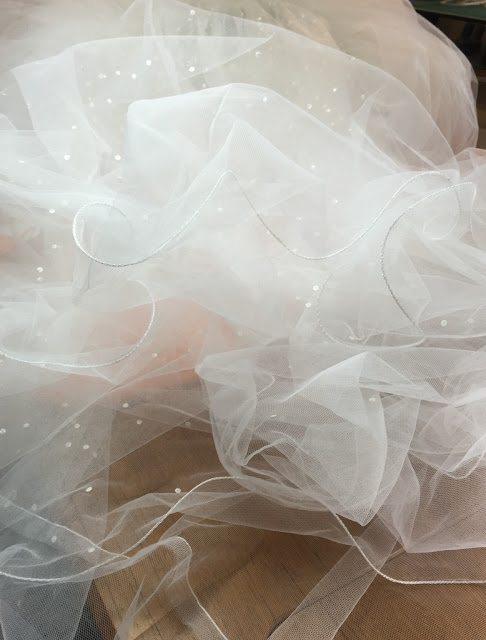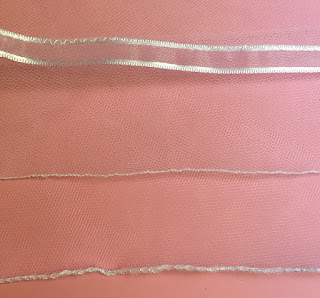So, instead of showing you brand new ideas, I've placed some my favorite holiday patterns and tutorials in this blog post so they can be more quickly located. I've tried to pick patterns in a variety of styles, sizes, and color schemes. Links are included.
Most of the patterns here can also be located under the label "Christmas" on the right hand side of this page.
For other ideas, feel free to visit my pattern page on Craftsy. http://www.craftsy.com/my/pattern-store
I wish you a wonderful second half of summer!
Patterns Available for Purchase on Craftsy
Candlelight: wall hanging or table topper
 | ||
| http://www.craftsy.com/pattern/quilting/home-decor/candlelight-table-runner--bonus-mug-rug/1686
Snow
|
 |
| http://www.craftsy.com/pattern/quilting/home-decor/snow-family-holiday-wall-hanging/113625 |
 | ||
| http://www.craftsy.com/pattern/quilting/home-decor/ice-skates-table-topper-or-mug-rug/154260 |
Holiday Toys, Soft Christmas Ornaments
 |
| http://www.craftsy.com/pattern/sewing/home-decor/holiday-toys-soft-christmas-ornaments/164087 |
Holiday Tabletop Trio: wall hanging or table topper
 |
| http://www.craftsy.com/pattern/quilting/home-decor/holiday-tabletop-trio/123210 |
Christmas Houses: wall hanging or table topper
 |
| http://www.craftsy.com/pattern/quilting/home-decor/christmas-houses-table-runner/60384 |
Let's Rock: mug rugs
 |
| http://www.craftsy.com/pattern/quilting/home-decor/lets-rock-mug-rug-trio/165562 |
Wrapped and Ready: mug rug
 |
| http://www.craftsy.com/pattern/quilting/home-decor/wrapped-and-ready-mug-rug/120846 |
Ready for Takeoff: mug rug
 | ||
| http://www.craftsy.com/pattern/quilting/home-decor/ready-for-takeoff-christmas-mug-rug/66372 |
Holiday Rag Doll: mug rug
 |
| http://www.craftsy.com/pattern/quilting/home-decor/holiday-rag-doll-mug-rug/57913 |
Winter Romance: mug rug
 |
| http://www.craftsy.com/pattern/quilting/home-decor/winter-romance-mug-rug/64236 |
Tutorials on my blog:
Holiday Gift Bags
 |
| http://klee2strings.blogspot.com/search?q=Taking+Care+of+Essentials+with+French+Braid+Oven+Mitts |
French Braid Oven Mitts
 |
| http://klee2strings.blogspot.com/search?q=Taking+Care+of+Essentials+with+French+Braid+Oven+Mitts |
Home for Christmas: lap quilt
 |
| http://klee2strings.blogspot.com/search?q=home+for+christmas |
New Toys, Part 2: constructing the styrofoam wreath used with "Holiday Toys"
 |
| http://klee2strings.blogspot.com/2015/09/new-toys-part-2-constructing-styrofoam.html |

















































